Eight Common Injection Mold Structure Classification
Eight common injection mold structure classification One. Single parting surface injection mold When the mold is opened, the movable mold and…

Eight common injection mold structure classification One. Single parting surface injection mold When the mold is opened, the movable mold and…
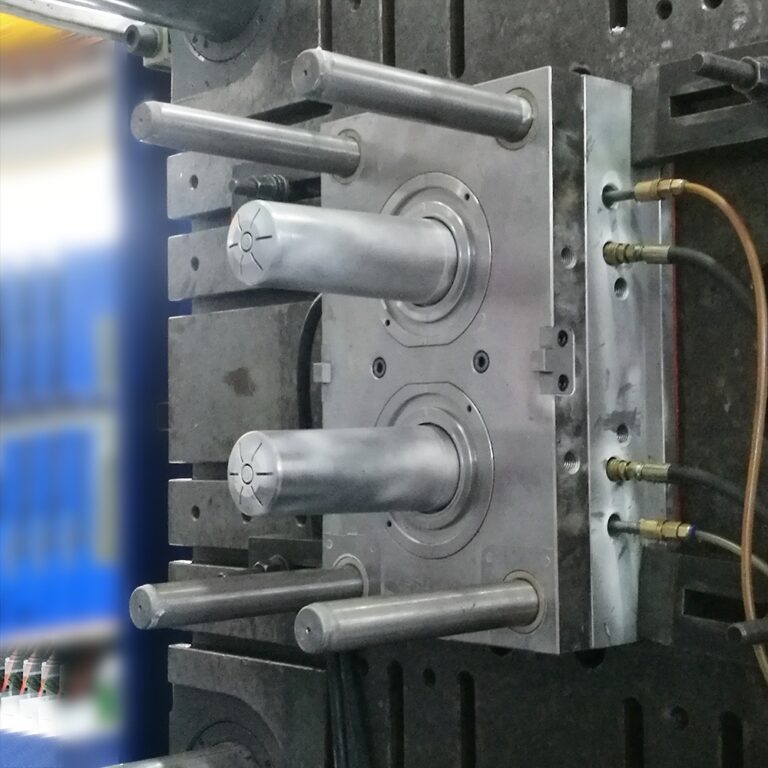
Injection mold manufacturing process and the basic processing process analysis The injection mold manufacturing process mainly includes. Acceptance of the task….
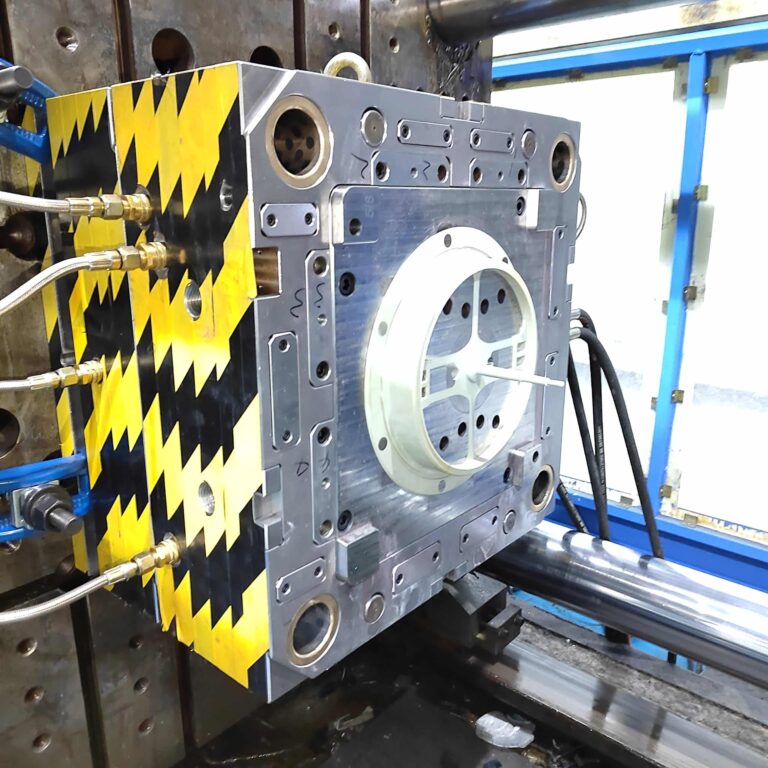
The difference between injection moulds and plastic moulds Many people can’t tell the difference between injection molds and plastic molds, and…
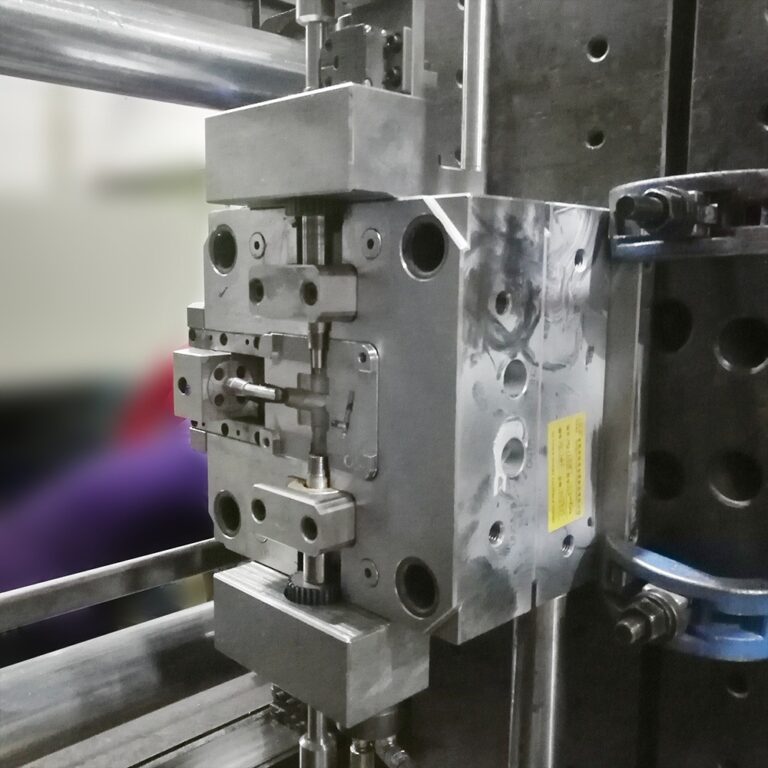
Must-know knowledge of injection molding mold design What are the major systems of moulds? Pouring→Ejecting→Cooling→Forming→Exhausting What issues should be paid attention…
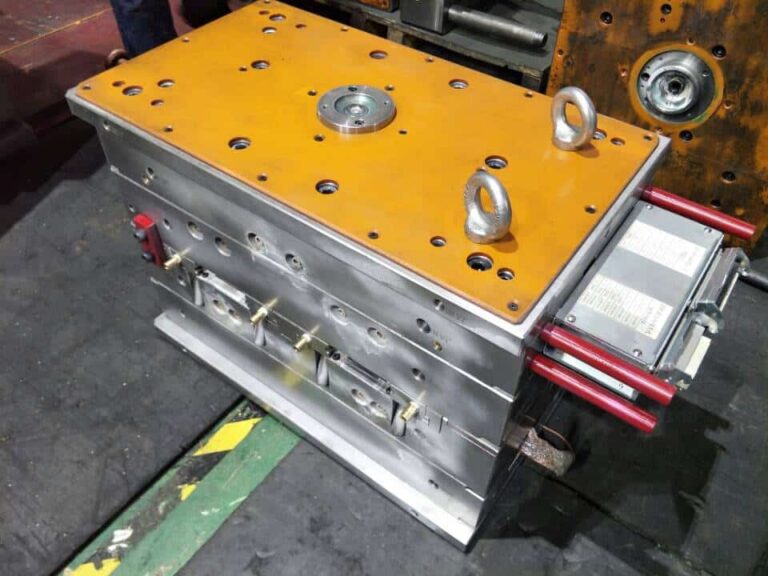
What are the characteristics of injection molds? 1. The cavities and cores are three-dimensional. The cavity and core directly form the…
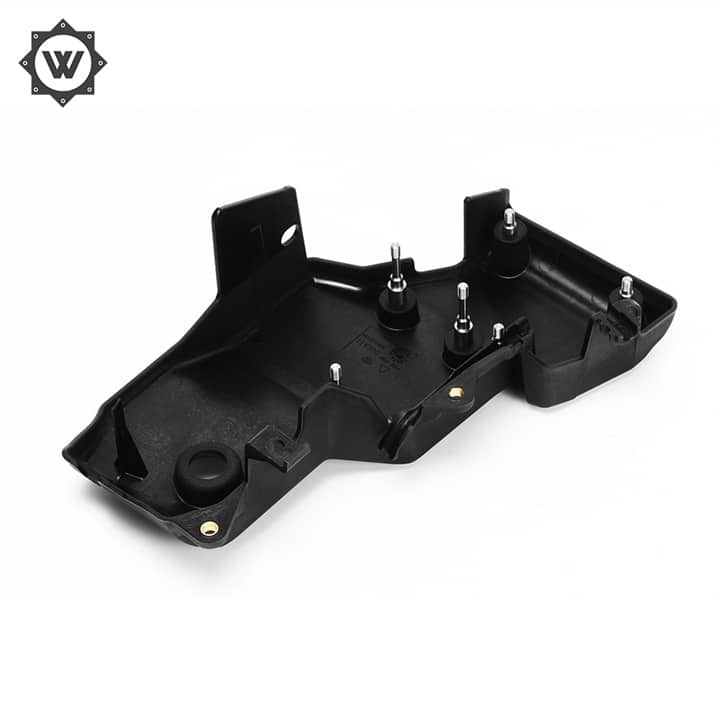
How are injection molded products formed? An injection mold is a hollow block of metal into which molten plastic is injected…
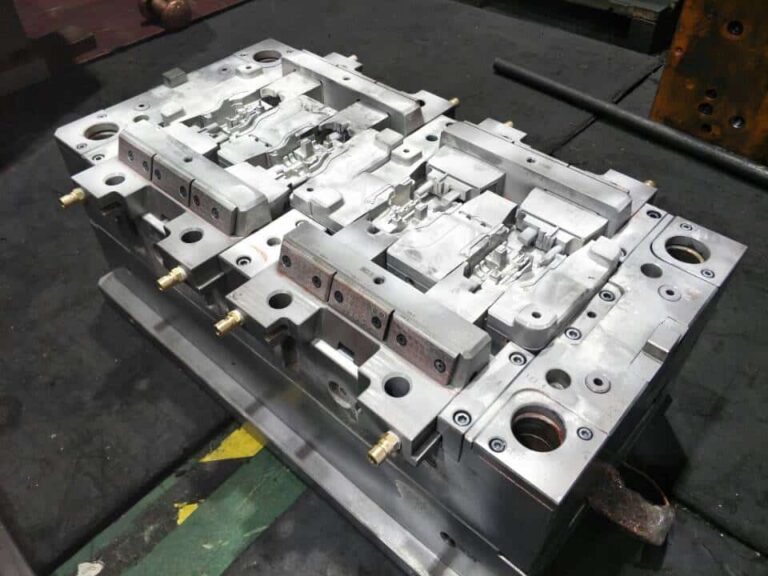
What is a precision injection mold? A precision injection mold is a device to obtain a product of a certain shape…
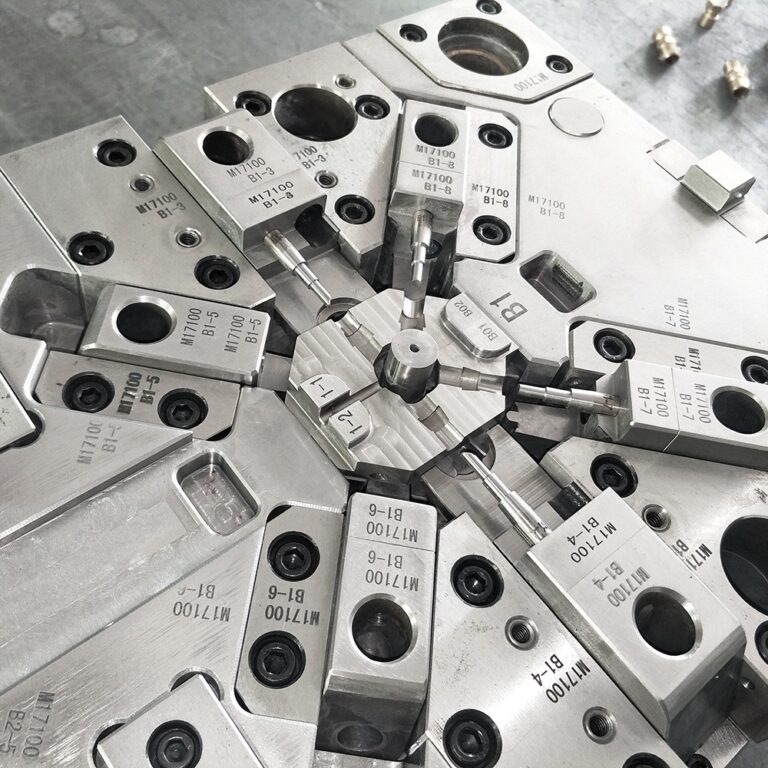
What are the technical points of plastic crate injection moulds? In addition to the daily use and maintenance of the crate…

The role of injection mold gate It is a channel that connects the main flow channel (or manifold) to the cavity….

Plastics, a polymer, have a wide variety of processing methods. Each method has its advantages and disadvantages and is better suited…

Causes and solutions of shock lines, swelling and bulging in injection molded products The surface of rigid plastic parts such as…
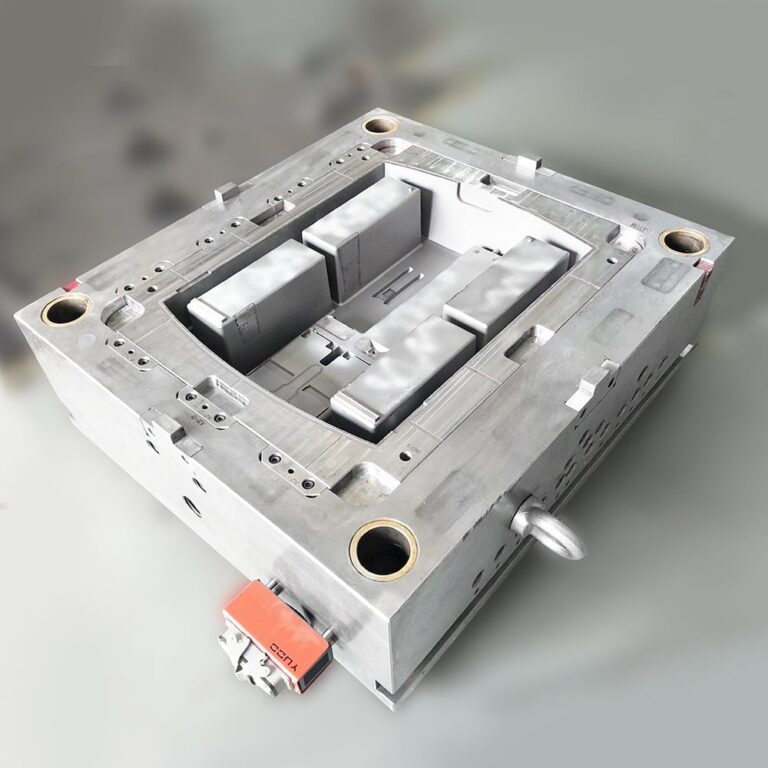
Reasons for fusion joints in injection molded products When molten plastic meets in multiple strands in the cavity due to holes…

causes of silver lines in injection molded products Silver pattern of injection molded products, including surface bubbles and internal pores. The…

Analysis of the causes of uneven color and luster defects in injection molded products The main causes and solutions of uneven…

The causes and solutions of transparent defects in injection molded products Melting spots, silver lines, cracks polystyrene, plexiglass transparent parts, sometimes…
Contact us today for your custom solutions and experience precision, efficiency, and excellence!